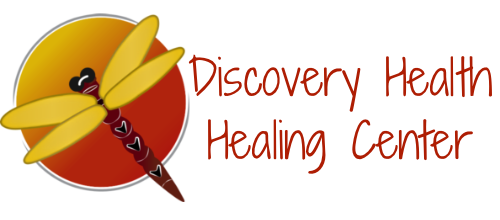IV Therapy for Headaches
IV Therapy in Green Bay
IV therapy, a method of delivering fluids, vitamins, and minerals directly into the bloodstream, has gained attention as a potential treatment option for headaches. While medications can be a component of IV therapy for headaches, this page will focus on the non-medication aspects of IV therapy that may provide relief and support for individuals experiencing headaches.
Hydration and Electrolyte Balance:
Dehydration and electrolyte imbalances can contribute to the development of headaches. IV therapy can effectively address these factors by delivering a carefully balanced solution of fluids and essential electrolytes directly into the bloodstream. Replenishing hydration and electrolyte levels can help alleviate headaches triggered by dehydration and promote overall well-being.
Nutritional Support:
Certain nutrients play a role in maintaining neurological health and reducing the frequency and intensity of headaches. IV therapy allows for the administration of high-quality vitamins and minerals directly into the bloodstream, bypassing the digestive system and potential absorption issues. Nutrients such as magnesium, vitamin B complex, and vitamin C may be included in IV therapy for headaches to provide nutritional support and optimize brain function.
Detoxification:
Toxins and metabolic waste products in the body can contribute to headaches and migraines. IV therapy can aid in the elimination of these toxins by supporting liver function and enhancing the body's natural detoxification processes. Nutrients like glutathione, a powerful antioxidant, can be administered intravenously to help remove harmful substances and reduce oxidative stress, potentially alleviating headaches.
Stress Reduction:
Stress is a common trigger for headaches and migraines. IV therapy can promote relaxation and stress reduction by incorporating components such as magnesium, which has calming properties. Magnesium helps regulate neurotransmitters and muscle relaxation, potentially reducing tension and easing headache symptoms.
Boosting Energy Levels:
Low energy levels and fatigue can contribute to headaches. IV therapy can help address this by providing a combination of B vitamins, which are essential for energy production and neurological function. By replenishing these vitamins intravenously, IV therapy can enhance energy levels and potentially reduce the frequency or severity of headaches associated with fatigue.
It is important to note that IV therapy for headaches should be administered by qualified healthcare professionals who can assess an individual's specific needs and tailor the treatment accordingly. The effectiveness of IV therapy for headaches may vary depending on the underlying causes and individual responses. Consulting with a healthcare provider can help determine if IV therapy is a suitable option and ensure safe and appropriate treatment.
IV therapy offers a multifaceted approach to managing headaches by addressing hydration, electrolyte balance, nutrition, detoxification, stress reduction, and energy levels. By focusing on these non-medication aspects, IV therapy aims to provide holistic support and potential relief for individuals seeking alternatives to traditional headache treatments.
